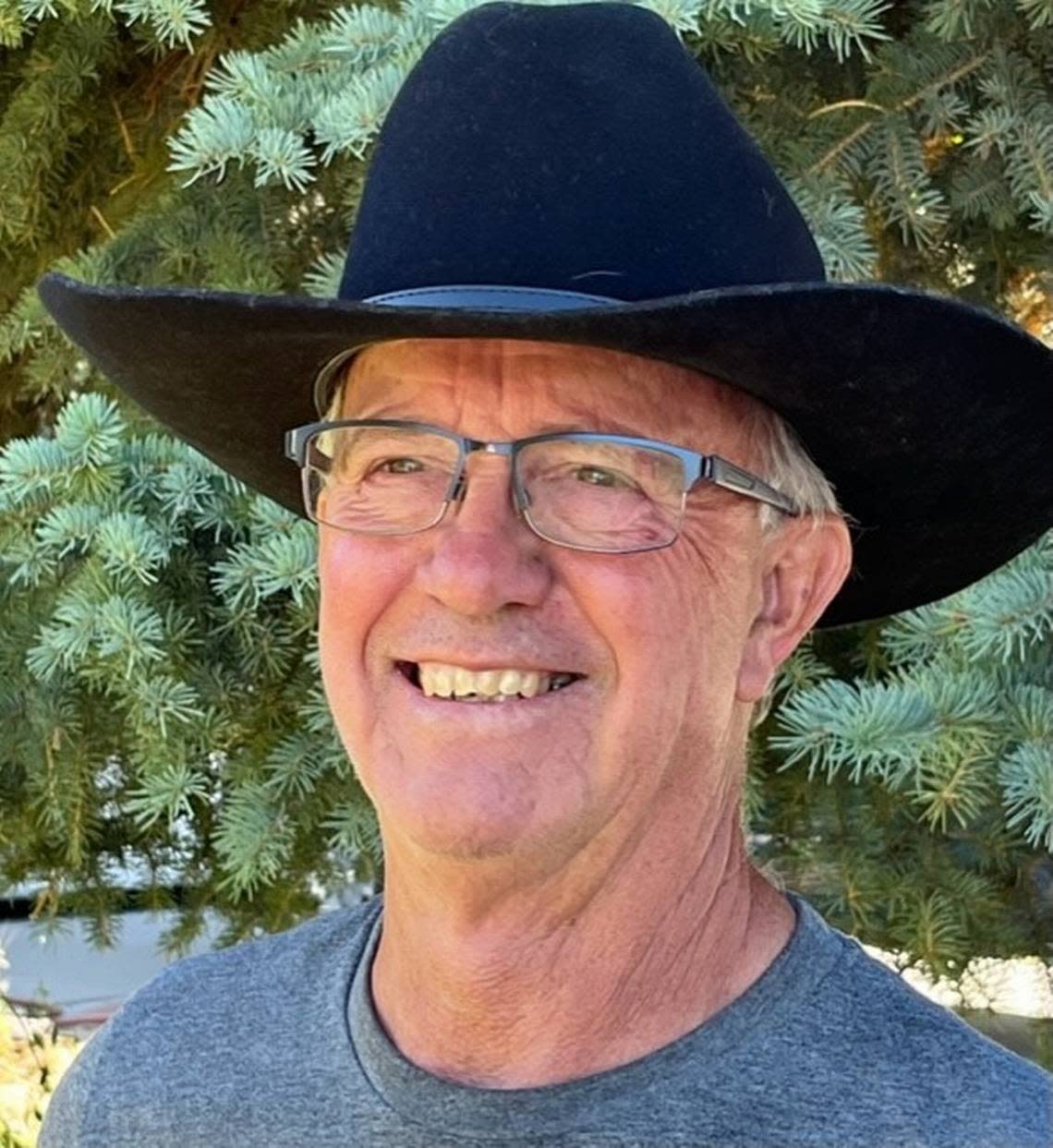This proposed rule would bring balance to public lands in Idaho and around the West | Opinion

A new public lands rule, the Conservation and Landscape Health draft rule, proposed by the Bureau of Land Management (BLM) will bring balance to the agency’s management of federal land across Idaho and the West.
As the nation’s largest land manager — nearly 12 million acres in Idaho — BLM has a significant impact on the way we Idahoans use, access, and enjoy our public lands. Twelve million acres amounts to nearly one-quarter of Idaho’s total land area. This proposed rulemaking is extremely important to our current and future way of life here in Idaho.
Whether you just moved here, or you and your family have been here for a long time, we all care about our land, water and wildlife. Under this proposed rule, BLM would shift their management to include the conservation of resources on an equal footing with other uses such as mining, timber harvest, livestock grazing, and oil and gas extraction.
The Federal Land Management and Policy Act of 1976 (FLPMA) directed BLM to operate under a multiple-use mandate, providing for management of non-consumptive uses and resources on public lands like recreation, wildlife habitat, and water resources to be at the same level of management consideration as other uses. Big idea in 1976, but this is not what’s currently happening in 2023.
Conservation includes outdoor recreation. Outdoor recreation is a significant and growing sector of Idaho’s economy and BLM lands play a foundational role in our access to those unforgettable outdoor experiences. According to the Outdoor Industry Association, outdoor recreation accounts for 32,478 direct jobs here in Idaho and $2.8 billion in revenue.
In fact, Westerners overwhelmingly support and want strong conservation policies and management of public lands and waters that we see as being in our back yard. Retired agency leaders, businesses, hunting and angling groups, local elected officials and many others across the West have come out in support of the proposed BLM rule. The 2023 Conservation in The West poll found that 78% of Idahoans support creating new national parks, monuments, wildlife refuges, protecting historic sites and establishing tribal protected areas. The poll also found that the national goal of conserving 30% of America’s lands and waters by the year 2030 is supported by 75% of Idahoans.
Conservation includes protecting wildlife habitat. Increasing awareness of the value of intact ecosystems and the importance of habitat connectedness is a key component of this rule. Today, some of the most vulnerable remaining natural landscapes for wildlife are at risk. For example, it is well documented that sage grouse, pronghorn, elk and mule deer all make extensive seasonal, interstate migrations across and along the Continental Divide and extending into the valleys and mountain ranges of central Idaho and southwestern Montana.
Every day we bear witness to a changing climate through news of increasingly extreme storm events, drought, fire, and dwindling water supplies. Given the increasingly dire specter of a changing climate, it is critical that management of public lands by the BLM make some comparatively drastic management changes to ensure our natural and cultural resources endure for many generations of Idahoans.
Our public lands offer some of the most readily available, fiscally responsible solutions to address the rapidly changing conditions we see in the West. Enacting this rule will modernize the agency’s approach to managing public lands by allowing new public/private partnerships for restoration work, conservation leasing and mitigation tools to address the effects of past landscape damage.
What is left up to us Idahoans — that can’t be fixed by any rules — is that we recreate responsibly, respect private property and behave like public lands are our front yard — because they truly are.
Jim Roscoe is a life-long hunter, fisherman, and wildlife enthusiast who explores east central Idaho and southwest Montana. He is a retired BLM wildlife biologist who spent his career working for sensitive species conservation and riparian habitat improvement. He lives in Salmon.

